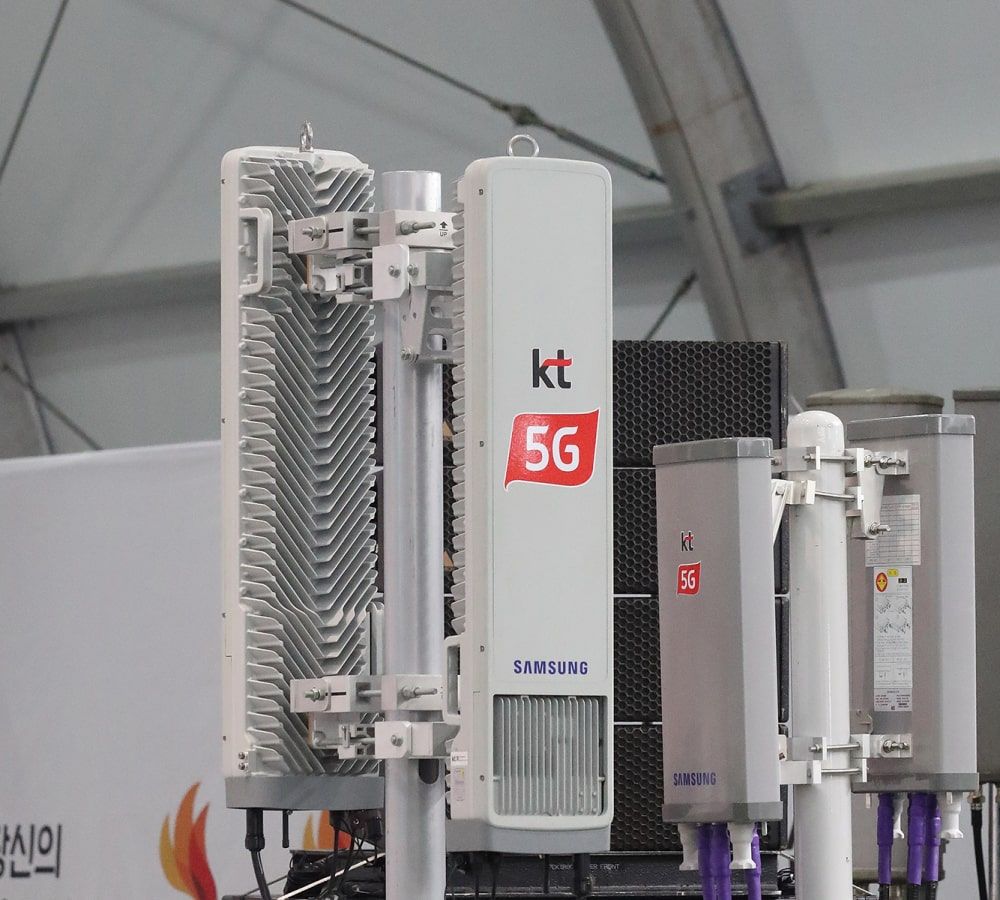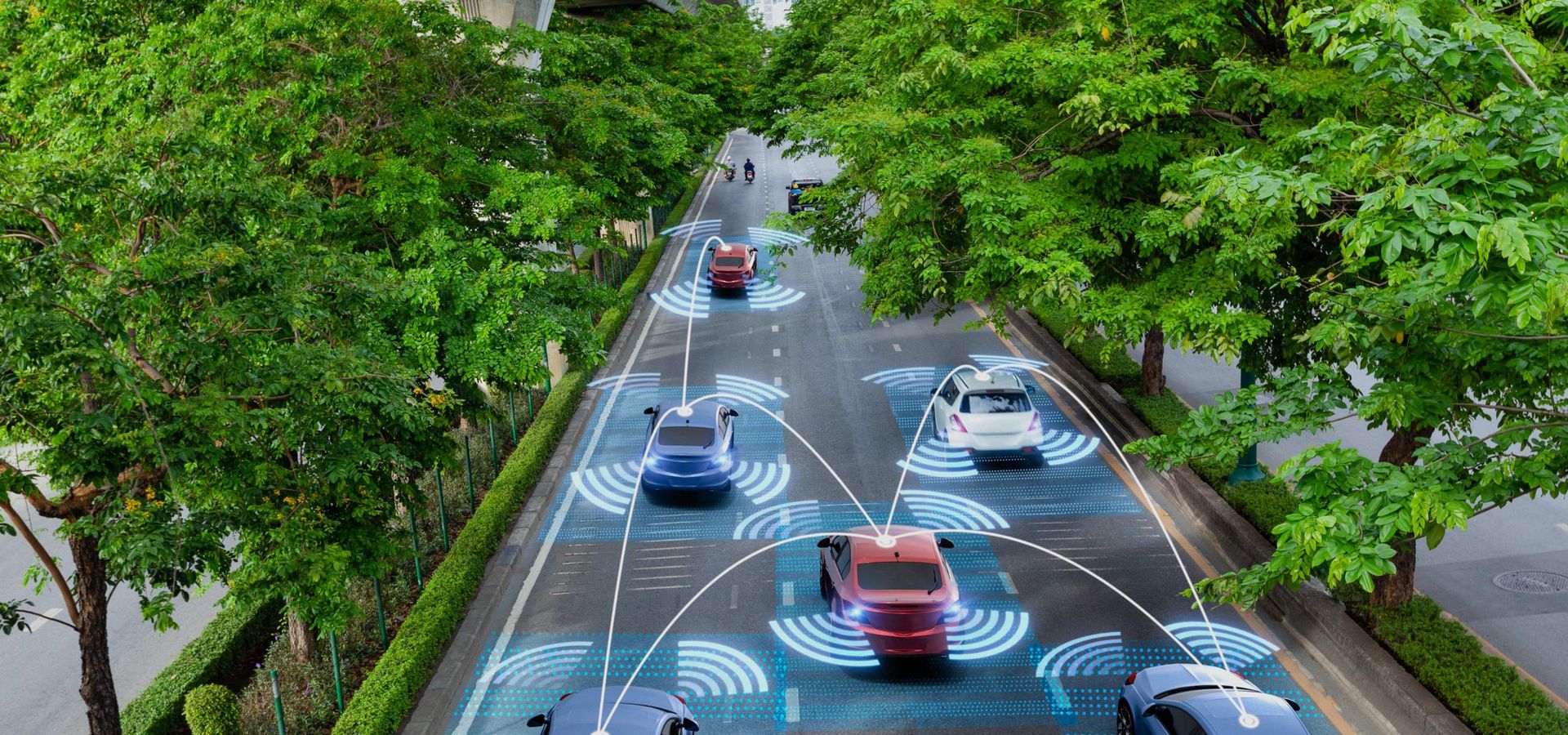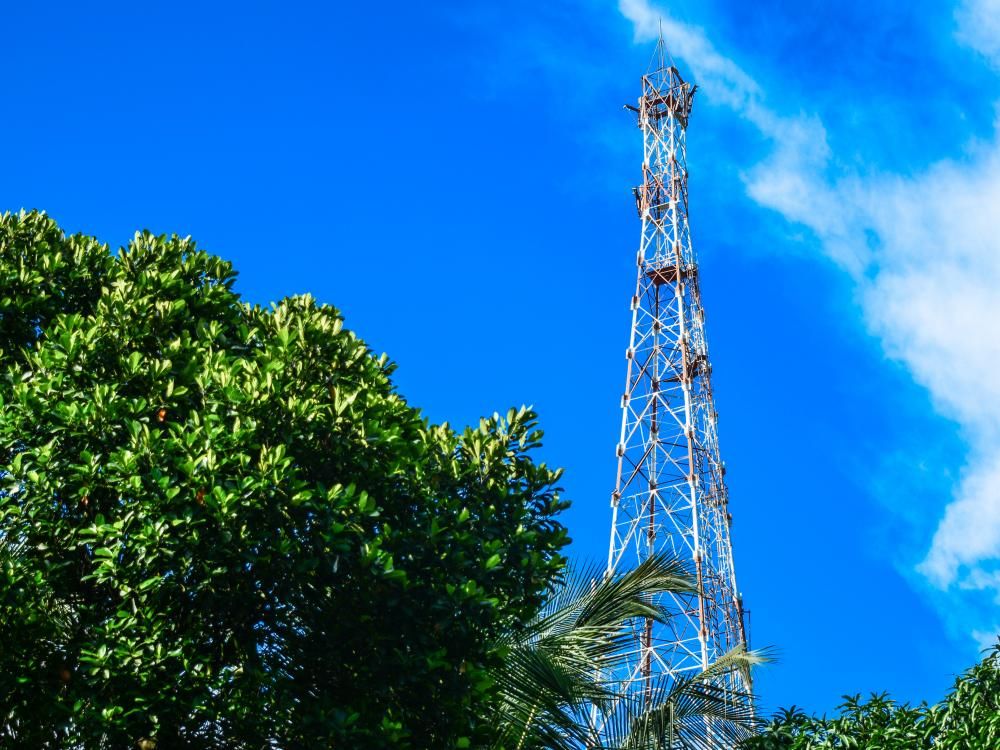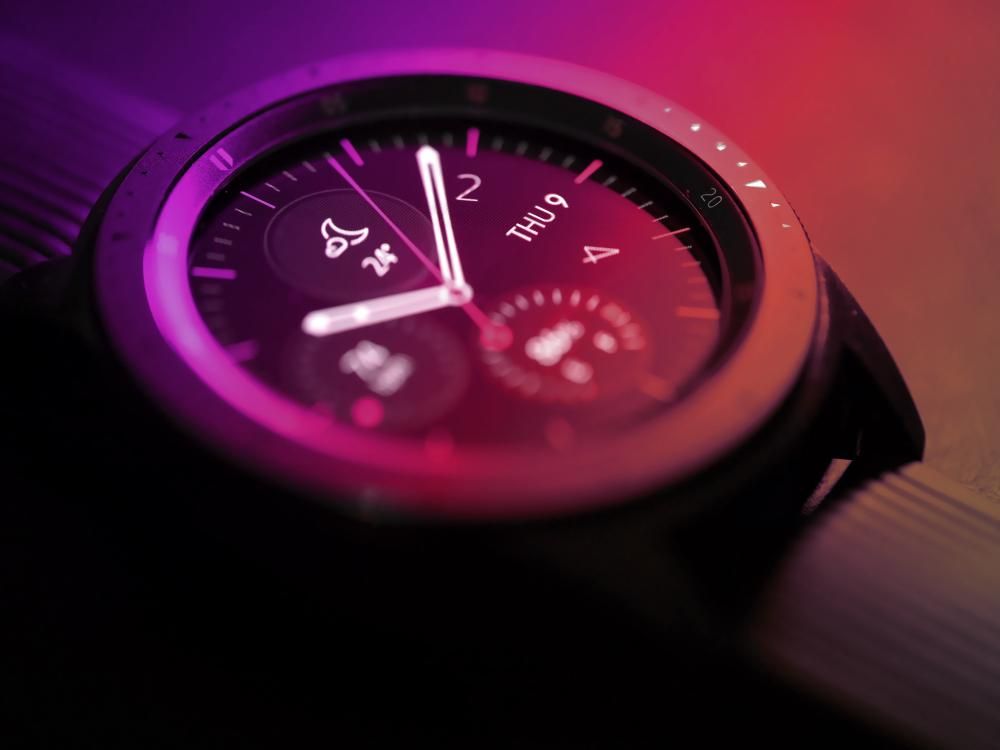
IoT in telecom: use cases, examples & technologies
November 21, 2023

by Max Pliats,
Cloud and IoT Solution Architect
Itransition is an experienced provider of value-adding IoT solutions for various business domains, including telecom. Our expertise in IoT-specific programming and network engineering, coupled with a deep understanding of data analytics systems, allows telecom companies to substantially improve their network performance and create new revenue streams.
The market of telecom IoT today and beyond
A provider of telephony, mobile networks, TV, and internet connection, telecommunications has always been an essential and lucrative industry. As more companies embrace the Internet of Things, its impact on the telecom market is expected to continue to grow in the coming years.
Scheme title: IoT telecom services market size, by network management solution, 2018–2028
Data source: kbvresearch.com — Global IoT Telecom Services Market, 2023
$11 bn
in revenue with cellular IoT connectivity services in 2022
Global Cellular IoT Connectivity Tracker & Forecast
31.8%
CAGR of the global IoT telecom services market size from 2018 to 2028
KBV Research
Top IoT use cases in telecom
The rollout of 5G has catalyzed the new, potentially large wave of IoT transformation across industries. This drive presents telcos with a wellspring of opportunities to increase their profits, extend their B2B service offer, and forge mutually beneficial partnerships with leading enterprises from across industries. Let’s explore top IoT use cases in telecom:
The manufacturing sector is one of the leading users of the Industrial Internet of Things. Telecom companies can offer advanced industrial monitoring solutions for measuring and tracking data from production equipment, providing manufacturers with reliable insights to optimize their processes. From predictive maintenance to remote equipment management to fleet management, telecoms can provide a comprehensive array of services to help manufacturing companies decrease costs and enhance production efficiency.
Benefit
Smart cities
As the world's population continues to urbanize, telecom companies can provide a broad range of solutions for smart cities. Solving public transportation issues, streamlining energy management, or enhancing public security - telecom-specific IoT solutions can help cities become safer and more efficient.
Benefit
Smart homes
The number of connected devices in households has been continuously expanding since 2015. Conventionally, establishing IoT home automation has been the homeowners’ responsibility. In recent years, however, telecommunication companies have taken the opportunity to provide end-to-end smart home solutions by joining forces with hardware companies. Some notable examples in this sector include Verizon's partnership with Honeywell and Deutsche Telekom's collaboration with Philips and Sonos.
Benefit
Connected cars
At this point, autonomous driving is no longer a gimmick but a viable technology. However, to achieve genuine autonomy, cars must rely on a robust telecommunications infrastructure to exchange data with each other and the environment. With the help of 5G, IoT, and complementary technologies, telecom companies can become the key enabler of connected cars. For example, China Telecom Global and STC Group have just recently joined forces to collaborate on an IoT-connected car project to accelerate the adoption of connected cars.
Benefit
eSIM/ISIM adoption
Telecom companies can also use IoT to enable the adoption of eSIM (embedded SIM) or ISIM (integrated SIM) technologies. These technologies eliminate the need for physical SIM cards, allowing CSPs to streamline device activation. What’s more, with the help of eSIM or ISIM, customers can easily switch between both service providers and devices without changing SIM cards.
Benefit
3GPP-based satellite connectivity
Telecom companies can explore 3GPP-based satellite connectivity to extend coverage and enable connectivity in remote or underserved areas. By integrating satellite communication technology into their networks, telecom companies can provide high-quality and ubiquitous connectivity to IoT devices in challenging environments, such as rural areas, maritime, or aviation.
Benefit
Fleet management
Communication service providers can offer various IoT logistics management solutions to companies, one of which is fleet management solutions. By equipping vehicles with IoT devices and leveraging connectivity, telecom businesses can provide real-time vehicle tracking, optimize routes, monitor fuel consumption, and enable preventive maintenance with the help of predictive models. This improves operational efficiency, enhances driver safety, and reduces overall fleet management costs.
Benefit
Cardless virtualized networks
Before the advent of IoT, telecom companies used external custom accelerator cards specifically designed for their virtualized networks. IoT allows for the integration of vRAN accelerators directly into the processors, eliminating the need for separate custom accelerator cards. Essentially, this allows telecom businesses to achieve the same processing power in their vRANs with less hardware, leading to tangible cost savings and simplified hardware designs.
Benefit
Adopt IoT and join the telecom leaders with Itransition’s guidance
Examples of IoT in telecom
Manufacturing, healthcare, automotive, and smart home are the four sectors with the highest number of addressable market opportunities for IoT development, and some telecom operators are already striking first partnerships with large-scale enterprises from these industries, while others are tapping into these developments on their own. Below, we investigate notable telco-facilitated IoT implementations:
Deutsche Telekom & BMW
Samsung, KT Corporation, and AT&T

Image title: KT 5G technology
Image source: news.samsung.com — KT and Samsung Achieve 1Gbps Speed Over the Air on the 5G Commercial Network in Seoul
Chicago Rush University Medical Center and AT&T
USPACE & Chunghwa Telecom
Verizon & Cognizant
Video title: Critical Asset Sensor
Video source: thingspace.verizon.com — Critical Asset Sensor
IoT solution architecture for telecom
Sensors
Data acquisition system (DAS)
Network infrastructure
Cloud platform
The cloud platform is the centerpiece of any IoT architecture. It is responsible for storing big data, running analytics algorithms for insight generation, data visualization, and remote management of connected devices. The cloud platform is also instrumental for integration with third-party services via APIs.
Edge devices
Actuators
Best IoT cloud platforms we use
We harness the power of industry-leading cloud services to deploy robust backend solutions for IoT applications, ensuring seamless connectivity, efficient data management, and advanced data analysis.
Amazon Web Services IoT platform empowers the telecom industry to securely connect, manage, and analyze an extensive network of devices and data streams.
Data services
- AWS IoT Events for event monitoring
- AWS IoT Analytics for data analysis
- AWS IoT FleetWise to process vehicle data
- AWS IoT SiteWise to process facility data
- AWS IoT Twin Maker for building digital twins
Control services
- AWS IoT Core for connecting IoT devices
- AWS IoT Device Advisor for device validation
- AWS IoT Device Defender for data security
- AWS IoT Device Management to control IoT devices
Device services
- AWS IoT Device SDK to connect devices to AWS
- AWS IoT ExpressLink to maintain hardware modules
- AWS IoT Device Tester for automated testing
- AWS IoT Greengrass to manage edge devices
Microsoft provides a robust IoT solution that helps communication service providers deploy, manage and secure IoT applications with the help of cloud and edge computing.
- Azure IoT Central for accelerating IoT development
- Azure Digital Twins for IoT modeling
- Azure Time Series Insights for data analysis
- Azure RTOS for establishing IoT connectivity
- Azure SQL Edge to enable IoT and IoT Edge deployments
- Azure IoT Edge to offload AI and analytics workloads to the edge
- Azure Sphere for connecting MCU-powered devices
- Azure IoT Hub for secure device management
IoT implementation: 3-step guide
Embarking on the IoT implementation journey is an ambitious yet crucial initiative for any telecom company. Here is our step-by-step guide for IoT adoption:
1
Expand network connectivity
The first step is to level up your infrastructure and invest in technologies that support fast and secure communication of IoT devices. This includes rolling out 5G networks and low-power networks like narrowband IoT. Essentially, it's paramount to ensure that the network can handle the increased traffic and provide consistent connectivity.
2
Develop an effective ecosystem
The telecom industry is currently undergoing a massive shift with the use of IoT. To succeed in this new realm, it's crucial to establish fruitful partnerships within the ecosystem. Start by detecting experienced IoT service providers, hardware manufacturers, and software application developers.
3
Forge strategic partnerships with industry verticals
Identify the potential use cases you can provide to the industry verticals you are servicing. Whether it's healthcare, manufacturing, transportation, agriculture, or smart cities, engage with these verticals to understand their specific pain points and challenges. This will help you develop an effective go-to-market strategy for your IoT-based telecom solutions.
IoT adoption challenges & solutions
Challenge/inefficiency
Solution
Privacy & security issues
Most IoT data is stored in the cloud, and some of the data that resides on the actual devices can be hacked via the network.
Most IoT data is stored in the cloud, and some of the data that resides on the actual devices can be hacked via the network.
Implement robust encryption and authentication protocols to ensure data privacy.
Interoperability
IoT devices from different vendors often have incompatible communication protocols, complicating IoT network orchestration.
IoT devices from different vendors often have incompatible communication protocols, complicating IoT network orchestration.
Collaborate with key industry players to establish common standards and ensure consistency across operating systems, cloud-based services, and technologies.
Infrastructure & scalability
In the telecom sector, IoT is still a novelty, meaning that most organizations don’t have the necessary infrastructure to support IoT adoption.
In the telecom sector, IoT is still a novelty, meaning that most organizations don’t have the necessary infrastructure to support IoT adoption.
Invest in a scalable cloud infrastructure for maximum flexibility, as well as develop an agile computing platform.
Technologies to pair with IoT in telecom
Successful implementation of telecom IoT requires more than just connected devices. Here are technologies that can open new opportunities for CSPs when coupled with IoT:

Machine learning
A sub-branch of artificial intelligence, machine learning will inevitably become an integral part of IoT in telecom. Its ability to analyze large amounts of data in real-time can facilitate network optimization, predictive maintenance, and overall automation.
Computer vision
Computer vision can be used to analyze images captured by IoT sensors. Whether it's detecting security threats, automating inventory management, or inspecting physical assets, computer vision adds an extra layer of intelligence to IoT systems.
Blockchain
Blockchain provides new opportunities for CSPs to enable decentralized storage for IoT data and ensure its immutability. Blockchain can also play a key role in realizing the full potential of 5G by establishing a single source of truth across the network.

IoT is about to change the industry
For the majority of telecommunication companies, IoT is still uncharted territory and a departure from the traditional business model. Nevertheless, the existing network equipment, telecom software, and experienced staff give companies an inherent advantage to transform from “dump-pipe” operators to IoT champions, providing vertical-specific connectivity solutions.
However, getting a competitive advantage in Industry 4.0 calls for a software development partner that can capitalize on your unique position in the market and utilize the latest advancements in technologies. This is where Itransition comes in. Our team has technical and industry-specific expertise to help you build a software solution that meets and exceeds your expectations.

Looking for a reliable IoT development partner?
FAQ
What is the impact of IoT on 5G?
The combination of higher bandwidth and lower latency provided by 5G means that IoT networks can support significantly more connected devices, facilitate faster data exchange, and become more reliable.
How does IoT affect the telecom industry?
IoT allows telecom providers to depart from their traditional offerings and create new revenue streams by leveraging their existing network infrastructures and capitalizing on large amounts of data collected from connected devices.
What are the examples of IoT in telecom?
Examples of IoT in telecom include smart home systems, fleet management platforms, industrial automation solutions, and smart city applications.

Service
Internet of Things software development
Professional IoT development services to deliver IoT solutions that efficiently manage the network of connected devices and generate real-time insights.

Service
Telecommunication software
Turn to Itransition for full-cycle telecom software development services, network management systems, third-party tools integrations, consulting, and QA.

Service
IoT consulting services
Itransition offers IoT consulting services to provide businesses expert guidance through their IoT projects and ensure the solution’s efficiency and high ROI.

Insights
IoT architecture: key layers, components & use cases
Itransition shares a detailed structure of a typical IoT architecture and describes essential elements and factors to consider when choosing an IoT solution.

Insights
Top IoT use cases & statistics for 2026
Explore 35 IoT use cases across various industries, top market statistics for 2026, and best practices for IoT adoption.

Insights
IoT implementation: a step-by-step guide, benefits, challenges & their solutions
Explore the step-by-step guide for IoT implementation, along with its industry use cases, benefits, and common challenges and efficient ways to overcome them.

Case study
Odoo telecom technology consulting
Learn how Itransition conducted a project discovery for a US telecom company and delivered a comprehensive onsite Odoo demonstration.

Insights
History of the Internet of Things: key milestones & future prospects
Learn about the history of the Internet of Things, including its key milestones with future opportunities, as well as IoT main benefits and roadblocks.